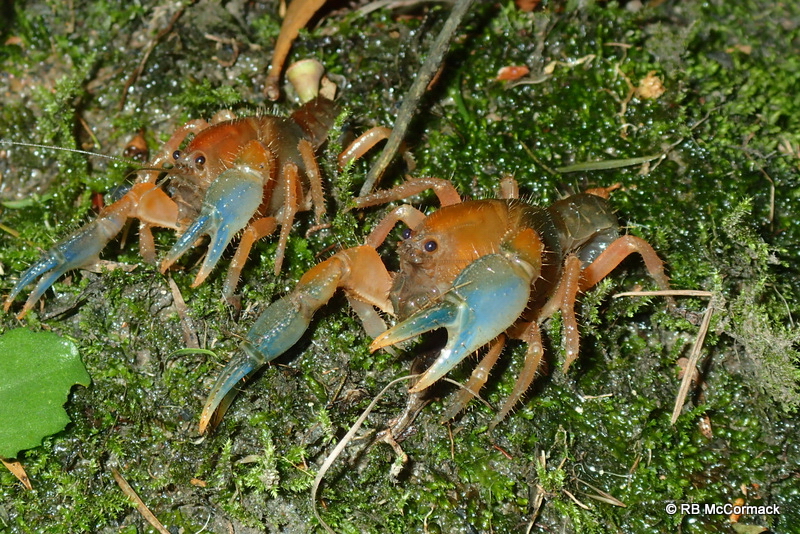
This species is endemic to Victoria with a relatively small distribution known at this time (estimated extent of occurrence of approximately 200 km2). Found in the upper Yarra, Acheron, Yea and Big Rivers. An area roughly from Kinglake to Eildon to Jamieson to Noojee to Hoddles Creek. Central Highlands Burrowing Cray Engaeus affinis has been assessed on the IUCN Red List as Data Deficient.
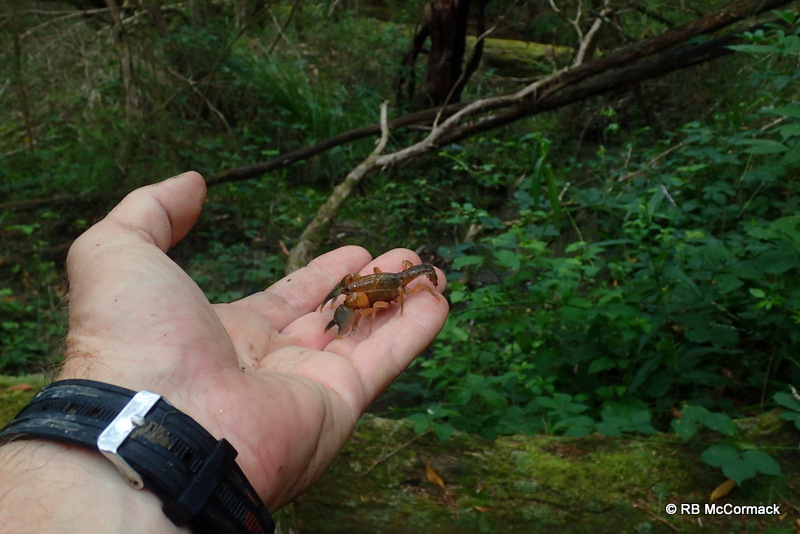
It’s a robust species and at many sites relatively abundant. Typically, it’s a communal burrower, both type 2 & 3 burrows with multiple surface entrances (20 or so) over a square metre. Both fans shaped entrances and chimneys. Surface openings descend into large central burrows. Central burrows are relatively large in diameter (150 to 200 mm), typically water filled and tending horizontal and descending and converging into a larger chamber.
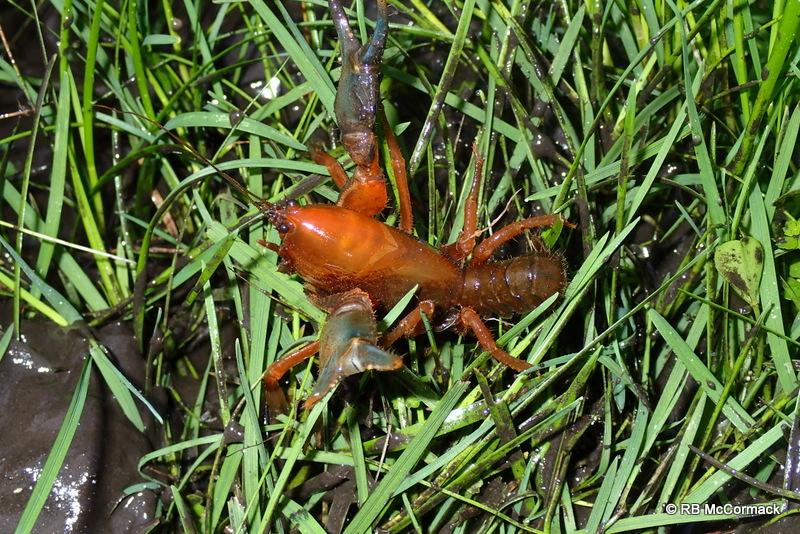
Typically, the easiest way to capture is to excavate down to the water level, usually from 200 to 600 mm deep. Once water is found, wait, (patience required), larger males will come to investigate the disturbance and you can grab them, otherwise, every 5 minutes or so, shove your hand down the burrow and feel around in the water. If you are lucky and have good feeling in your fingers you should be able to grab one every 5-10 minutes. That’s the way we collected the specimens for this article.
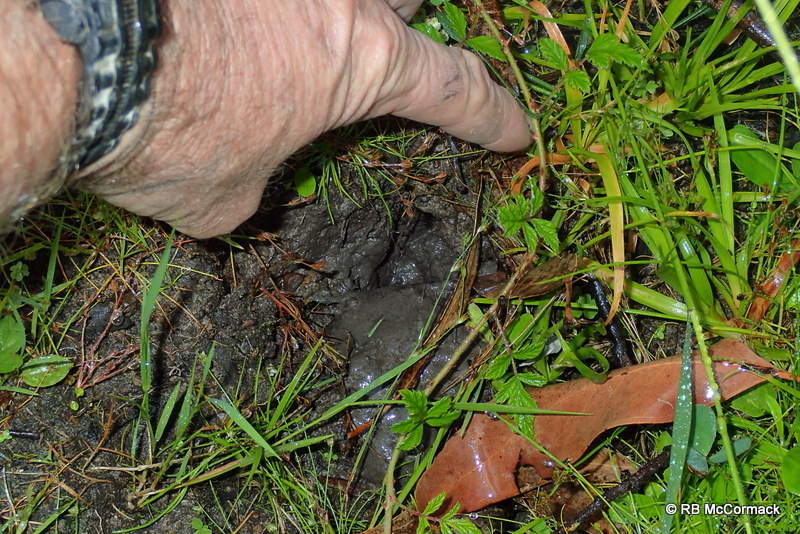
Those from Healesville were in a yellow clay on the slope beside a creek approximately 1.2 metres above the creek water height (7 metres from creek bank) but had water at 650 mm in the burrow system. Those from Badger Creek were in a fine silty material in a seepage area in the tree fern forest with water only 100 mm below ground level and over 100 m from Badger Creek.
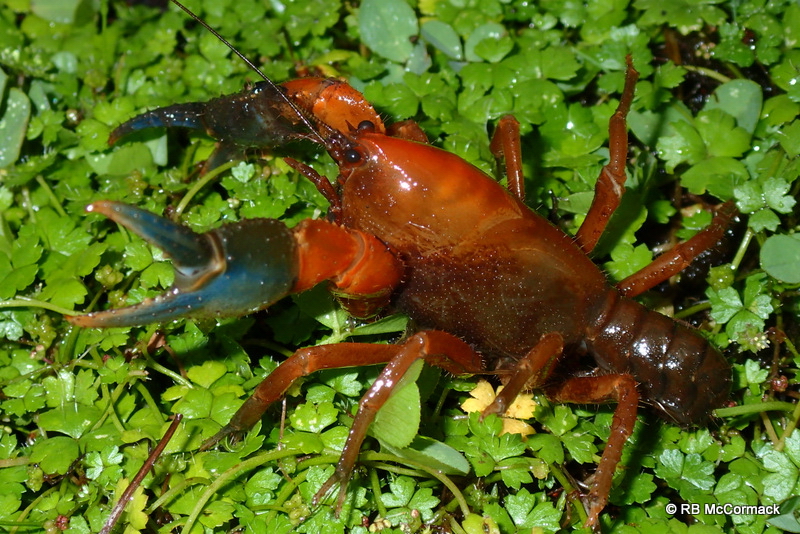
Happy Yabbying
Cheers
Rob
